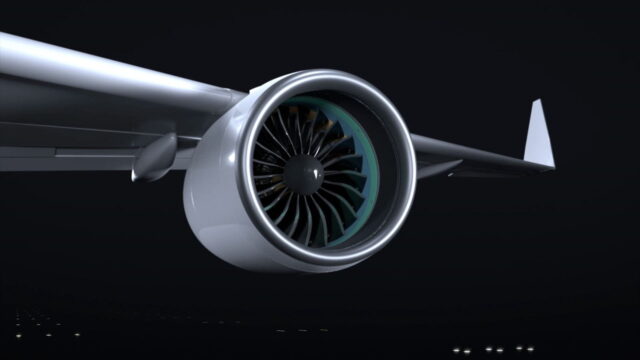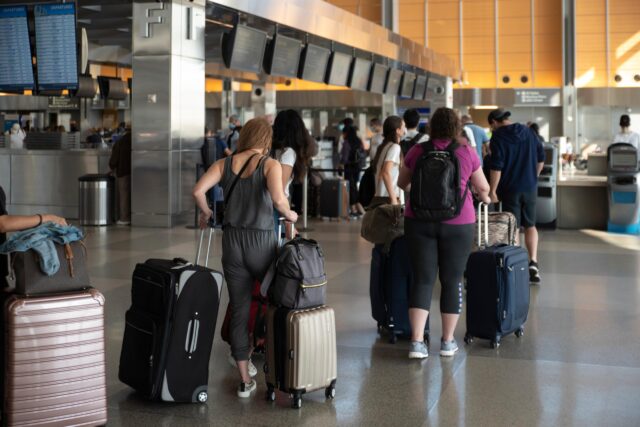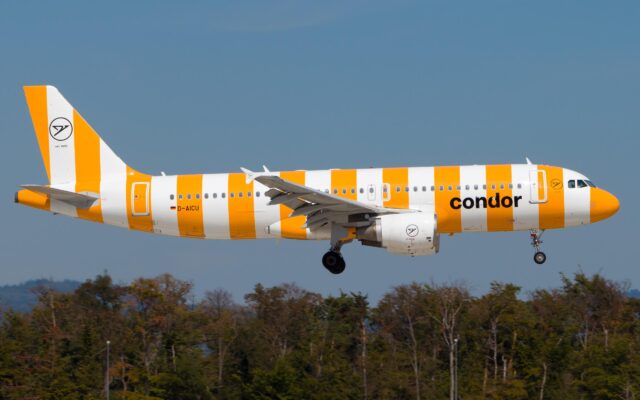ZeroAvia bets on high-temperature fuel cells to scale hydrogen flights to Airbus A320 by 2035

August 13, 2025

ZeroAvia’s hydrogen-electric ambitions are well known in the small-aircraft market, but the company now has its sights set on the biggest prize of all: bringing the technology to regional and eventually single-aisle aircraft.
Central to that plan is the ZA2000, a multi-megawatt powertrain designed to scale the company’s propulsion systems from commuter planes up to 150-seat jets.
Speaking to AGN on the sidelines of the Paris Air Show, ZeroAvia CEO Val Miftakhov explained the roadmap to larger hydrogen aircraft.
“We’re putting this on a Cessna Caravan-sized aircraft next year. By 2029, we hope to get aircraft like ATR and Dash 8, so large propeller planes. In the early 2030s, regional jets, and then by the mid-2030s, hopefully single-aisle aircraft like the A320.”

While the almost-certified ZA600 is the right size for a Cessna, scaling it up comes with challenges. To enable scaling for larger aircraft, ZeroAvia is developing the larger ZA2000, a system that can produce between two and five megawatts of power, compared with 0.6 MW for the ZA600.
Crucial to the ZA2000 is a new generation, higher power motor, capable of delivering the necessary thrust for large propellers and higher cruise speeds. Powering that is the key to ZeroAvia’s large aircraft success – high-temperature fuel cells.
ZeroAvia is leading the industry in high-temperature hydrogen fuel cells
Initial applications of smaller systems will use low-temperature fuel cells, which come with a range of benefits as far as speed of certification goes.
“They operate at just under 100°C and are similar to what you see in hydrogen cars,” Miftakhov explains. “ For us, that’s great, because the technology is reasonably well developed, and that’s why we can certify it on this short time frame.”
But these lower temperature cells are difficult to manage in an aviation context on anything larger than a Cessna Caravan. The lower temperature differential means it’s harder to remove heat, so more ducting, more coolant and larger heat exchangers are required.
“There comes a point when the system weight exceeds what you could achieve with a high-temperature fuel cell,” Miftakhov says, “which is why, three years ago, we started our own development of hydrogen fuel cells.”

ZeroAvia didn’t just start developing high-temperature fuel cells in-house; it bought the company that was leading research and development in this area in the UK. Acquiring HyPoint not only gave ZeroAvia access to advanced high-temperature fuel cell technology but also to its 40-strong team of engineers.
With an increased operating temperature of 200°C, these high-temperature fuel cells are much easier to cool.
“The whole system becomes much simpler and more lightweight, and that allows us to get into large aircraft without losing a lot of seats, without losing a lot of payload,” Val explains. “We’re the only company that pushes that technology frontier in aviation, high-temperature fuel cells.”
A straightforward path to ZA2000 certification
To smooth the certification journey, ZeroAvia is building it with ready-certified parts from the ZA600. Keeping components consistent across the models means fewer parts of the system will need to be re-certified.
“All the certification artefacts, all the data, will be acceptable for that certification,” Miftakhov explains. “And there will definitely be no redesign required because we factored in the right design assurance levels right from the beginning to certify it as a Part 25 application.”

Crucially, this will include the complicated power and electronics system, which Val says is one of the hardest parts to certify. The complex computer that manages the FADEC and other parts of the system will be the same across both engines, so no additional certification will be required.
The motor is new, and will need to be approved, as will the new high-temperature full cells. But progress is moving fast.
In 2023, ZeroAvia integrated the ZA2000-class electric propulsion system with the gearbox of a Dash 8 Q-400 at Paine Field in Everett. While that was a demonstration, Val says the company has been iterating on the technology ever since.
“We’re hoping to get it into aircraft for the first time next year,” he says.”Next year will be ground tests and taxi tests and, if everything goes well, it will be flying in 2027.”
















